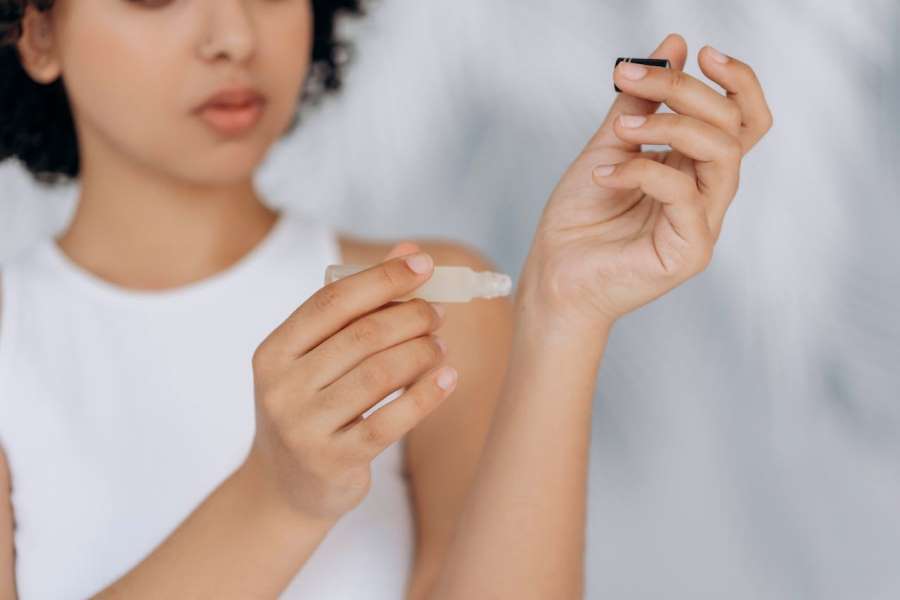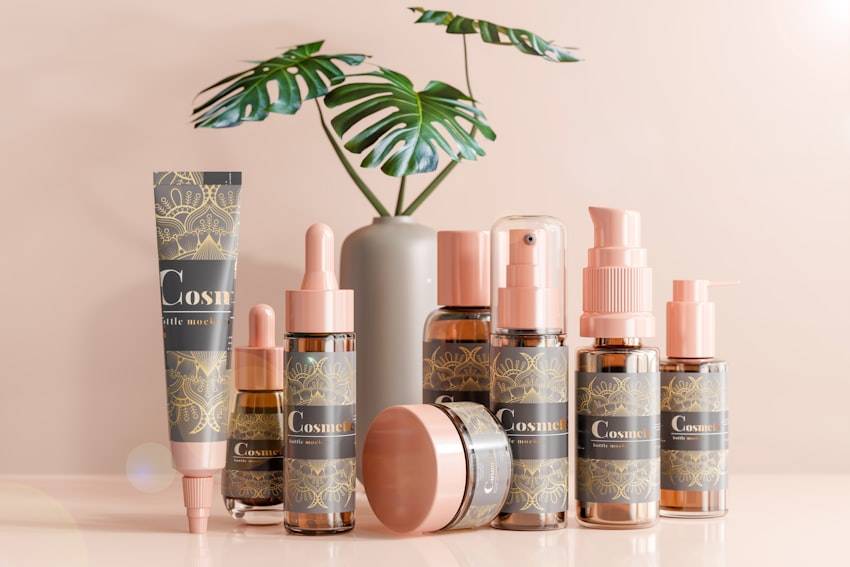By now, we’re all familiar with terms like “zero waste,” “climate change,” and “eco-friendly.” And we’re so used to those images of turtles swimming in an ocean of rubbish, reminding us that our wasteful habits as humans are destroying the planet we live in.
Yet in our daily lives, this reality can still feel distant from us, and we don’t feel affected by it (yet). It’s hard to internalise the need to be nature-friendly when we ourselves aren’t starving or suffocated.












